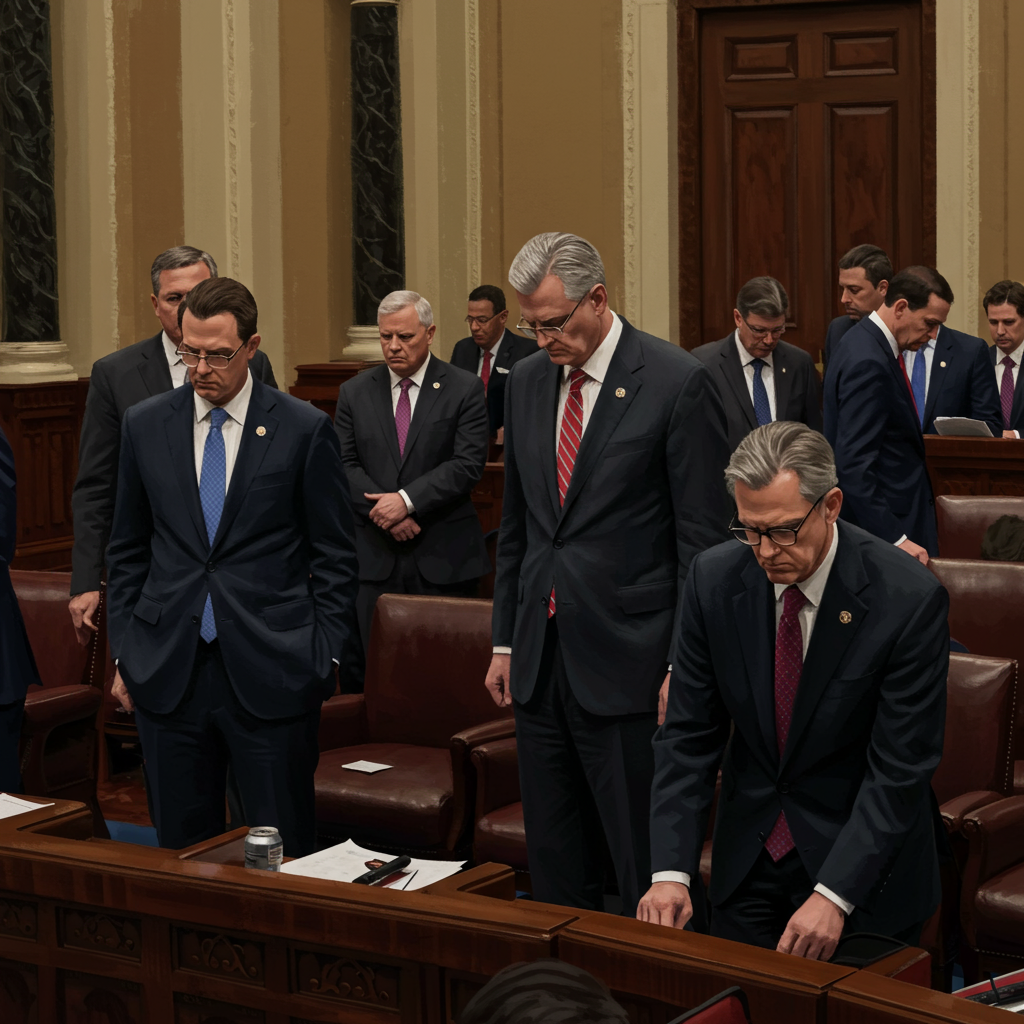Operation Midnight Hammer: US Targets Iran’s Nuclear Program, Not Tehran’s Leadership, Administration Says
WASHINGTON – Following unprecedented U.S. military strikes against Iran’s nuclear infrastructure, senior officials in President Donald Trump’s administration asserted Sunday that the operation, dubbed “Midnight Hammer,” was narrowly focused on dismantling Tehran’s nuclear capabilities and was explicitly not aimed at regime change in the Islamic Republic.
The strikes represent a significant escalation, marking Washington’s direct military intervention in the intensifying conflict between Israel and Iran. While aiming to cripple Iran’s nuclear ambitions, the administration simultaneously urged Tehran to de-escalate, forgo military retaliation, and return to diplomatic negotiations.
Goals and Scope of the Operation
Defense Secretary Pete Hegseth, speaking at the Pentagon, was unequivocal: “This mission was not and has not been about regime change.” He emphasized that the operation did not target Iranian troops or the Iranian people, but rather its nuclear program.
Vice President JD Vance echoed this sentiment on NBC’s “Meet the Press,” clarifying, “We’re not at war with Iran, we’re at war with Iran’s nuclear program.” He stated the goal was to “end their nuclear program” and pursue a “long-term settlement” through talks, adding the U.S. had “no interest in boots on the ground.” Hegseth described the action as “most certainly not open-ended,” provided Iran refrains from retaliation.
Secretary of State Marco Rubio later confirmed that no further strikes were currently planned, stating on CBS’s “Face the Nation,” “We achieved our objective. There are no planned military operations right now against Iran – unless they mess around.”
Operation Details: Deception and Power
Chairman of the Joint Chiefs of Staff, General Dan Caine, provided details of “Operation Midnight Hammer,” which was known only to a small circle of officials. The intricate plan involved deception, including sending decoy aircraft in one direction while the main strike force approached from another.
Seven B-2 Spirit stealth bombers, flying an 18-hour mission from the United States, were central to the attack. These formidable aircraft delivered 14 GBU-57 Massive Ordnance Penetrator (MOP) bunker-buster bombs – 30,000-pound munitions capable of hitting deeply buried targets – marking their first reported combat use. The strikes targeted three key nuclear sites: the underground enrichment facility at Fordow, the enrichment facility at Natanz, and a storage facility at Isfahan.
In total, the U.S. employed more than 125 military aircraft and launched approximately 75 precision-guided munitions, including over two dozen Tomahawk cruise missiles reportedly fired from a Navy submarine as an initial phase of the attack. General Caine noted that Iran’s defenses appeared unresponsive during the mission, with no Iranian fighters scrambling or missile systems detecting the incoming force, indicating the element of surprise was maintained.
Assessing the Damage and Setback
U.S. officials claimed initial battle damage assessments indicated “extremely severe damage and destruction” at all three targeted sites. Vice President Vance suggested the strikes had “pushed their program back by a very long time,” potentially setting back Iran’s ability to develop a nuclear weapon by “many, many years.”
However, the full extent of the damage remains subject to final assessment. UN nuclear watchdog chief Rafael Grossi cautioned that while strikes clearly hit Fordow, assessing the damage underground was difficult. Moreover, a senior Iranian source claimed much of the highly enriched uranium at Fordow had been moved before the attack. Iran confirmed the attacks but maintained its nuclear program would continue, reporting no fatalities or radiation contamination at the sites.
Context: Amidst Regional Turmoil
The U.S. strikes follow a week of intense exchanges between Israel and Iran, which began after an initial Israeli barrage targeting Iranian military and nuclear infrastructure. This conflict is set against the backdrop of ongoing wars in Gaza and Lebanon, and the collapse of the Syrian government. The U.S. action pushes the region closer to a major, widespread conflagration.
U.S. officials suggested the timing of the strikes followed a period where diplomacy had stalled, with Vance citing intelligence that Iran had “stopped negotiating in good faith” and was “stonewalling” as the “real catalyst” for President Trump’s decision. This contrasted sharply with comments from Iran’s Foreign Minister Abbas Araghchi, who accused Trump of giving in to Israeli demands and “blowing up” any possibility of diplomacy, calling the attack on nuclear facilities “a very big red line.” Some analysts suggested Israeli Prime Minister Benjamin Netanyahu may have significantly influenced Trump’s decision.
Iranian Response and US Readiness
Iran has vowed to defend itself. Hours after the U.S. strikes, Tehran launched a volley of missiles at Israel, causing injuries and damage in Tel Aviv. While refraining from targeting U.S. bases or attempting to choke off the Strait of Hormuz immediately, Iran’s Revolutionary Guard Corps has threatened closing the vital shipping lane, and Houthi rebels in Yemen have threatened U.S. forces in the Red Sea. Araghchi stated “all options” remained open for Tehran.
In anticipation of potential retaliation, the U.S. military has increased protection for its forces in the region, including in Iraq and Syria, and repositioned some assets deemed vulnerable. With nearly 40,000 troops in the Middle East supported by substantial air and naval power, General Caine affirmed, “Our forces remain on high alert and are fully postured to respond to any Iranian retaliation or proxy attacks, which would be an incredibly poor choice.”
The U.S. State Department also ordered the departure of non-essential government personnel and family members from Lebanon due to the volatile security situation. Meanwhile, anti-war protests took place in U.S. cities, with banners evoking the 2003 Iraq invasion and calling for “hands off Iran.”
International reactions reflected grave concern, with the UN Secretary-General calling the strikes a “dangerous escalation” risking the conflict getting “rapidly out of control” and urging de-escalation. The European Union urged restraint and a return to negotiations, emphasizing Iran must not develop a nuclear weapon.
While President Trump had long vowed to avoid major foreign military interventions, his decision to directly participate in strikes against Iran marks a significant shift, aiming to compel Tehran to abandon its nuclear program and negotiate under pressure.

